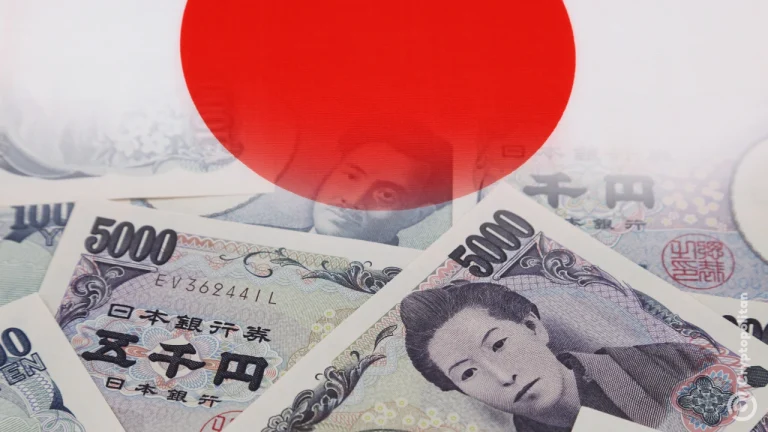Key Takeaways
- Japanese markets, including the Nikkei 225 and Topix, declined as global investors anticipated key meetings and economic data releases.
- South Korea’s economy showed strong Q3 GDP growth, surpassing expectations, driven by exports, but its stock market (Kospi) saw a pullback.
- The US-South Korea trade talks remain tense, with discussions focusing on investment pledges and potential tariffs ahead of a planned meeting between leaders.
- Other Asia-Pacific markets, including Australia and Hong Kong, followed the cautious sentiment, experiencing declines.
- US markets showed resilience, with the S&P 500, Nasdaq Composite, and Dow Jones all posting significant gains.
Global Markets React to US-Japan Summit and Economic Data
Japanese markets experienced a downturn on Tuesday, marking a pause in their recent upward trend. Global investors are closely monitoring an upcoming meeting between U.S. President Donald Trump and Japanese Prime Minister Takaichi Sanae. President Trump’s arrival in Tokyo and his meeting with Emperor Naruhito, the first with Prime Minister Takaichi since her assumption of office, had been a point of focus.
Despite the anticipated meeting, Japan’s Nikkei 225 index fell by 0.58%, closing at 50,219.18, breaking its streak near all-time highs. The broader Topix index saw a more significant drop, declining by 1.18% to end the session at 3,285.87.
Traders worldwide are awaiting signals from the U.S.-Japan discussions, alongside other significant global events. These include major earnings reports from Big Tech companies, a potential decision on U.S. Federal Reserve interest rates, and ongoing developments in U.S.-China trade relations.
South Korea’s Economic Performance Amidst Market Fluctuations
In contrast to Japan’s decline, South Korea’s economy reported a stronger-than-anticipated third-quarter GDP growth. However, its stock market, the Kospi, also dipped by 0.8%, settling at 4,010.41, retreating from its recent record high. The Kosdaq managed a marginal gain, closing at 903.3, its highest level since April 2024.
Bank of Korea data revealed a year-on-year GDP growth of 1.7%, exceeding the 1.5% forecast by economists. This represents a notable improvement from the 0.6% growth recorded in the second quarter. On a quarter-on-quarter basis, GDP increased by 1.2%, also surpassing the projected 0.9%.
The export sector was a primary driver of this economic expansion, with year-on-year gains reaching 6%, while manufacturing saw a 3.3% increase. This export growth, fueled by robust shipments of semiconductors and motor vehicles, was the fastest seen since Q3 of 2024.
💡 However, the construction sector experienced a downturn, recording a 1.0% decrease compared to the same period last year.
Jin Choi, an economist at HSBC, cautioned that the annual rate was boosted by low base effects from last year. He further commented on South Korea’s exports, stating, For Korea’s exports, we think there were relatively limited signs of frontloading, while global AI demand will likely continue to buttress Korea’s semiconductor exports. The Bank of Korea noted that on a quarterly basis, export growth decelerated from 4.5% in Q2 to 1.5%.
U.S.-South Korea Trade Relations and Global Market Reactions
South Korean President Lee Jae Myung indicated to Bloomberg that trade talks with the Trump administration are encountering persistent challenges. Discussions continue to stall over the specifics of Seoul’s $350 billion investment commitment to U.S. projects. President Lee expressed concern, stating, The US will of course try to maximize its interests, but it mustn’t be to the extent that causes catastrophic consequences for South Korea.
The existing trade agreement, finalized in July, includes a 15% tariff on all Korean exports to the U.S., a reduction from the previously announced 25%. In return, South Korea committed $350 billion toward U.S. projects. President Lee is scheduled to meet President Trump later this week during the Asia-Pacific Economic Cooperation summit in Gyeongju.
Asia-Pacific markets broadly reflected the cautious sentiment observed in Japan and South Korea. Australia’s S&P/ASX 200 index fell by 0.48% to close at 9,012.5. Hong Kong’s Hang Seng index experienced a decline of 0.51%, while China’s CSI 300 also lost 0.48%.
⚡ In contrast, U.S. markets showed a strong performance, seemingly unfazed by the downturn in Asia. The S&P 500 surged by 1.23%, surpassing the 6,800 mark for the first time to close at 6,875.16. The Nasdaq Composite jumped 1.86% to 23,637.46, with notable gains in Nvidia and other semiconductor stocks. TheDow Jones Industrial Average added 337.47 points, or 0.71%, settling at 47,544.59.
Expert Summary
Global markets showed mixed reactions, with Japanese and South Korean indices experiencing declines influenced by upcoming U.S.-led diplomatic engagements and economic data. While South Korea’s economy demonstrated robust GDP growth, its stock market faced downward pressure, mirroring broader regional trends. U.S. markets, however, recorded significant gains, highlighting a divergence in investor sentiment across different regions.

